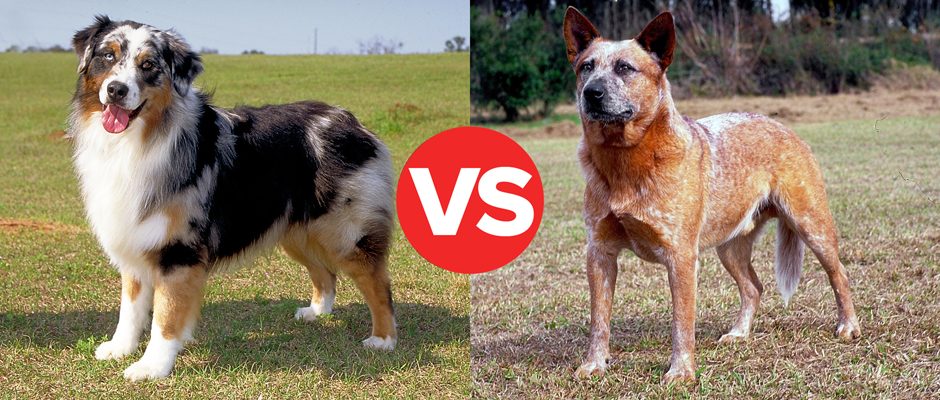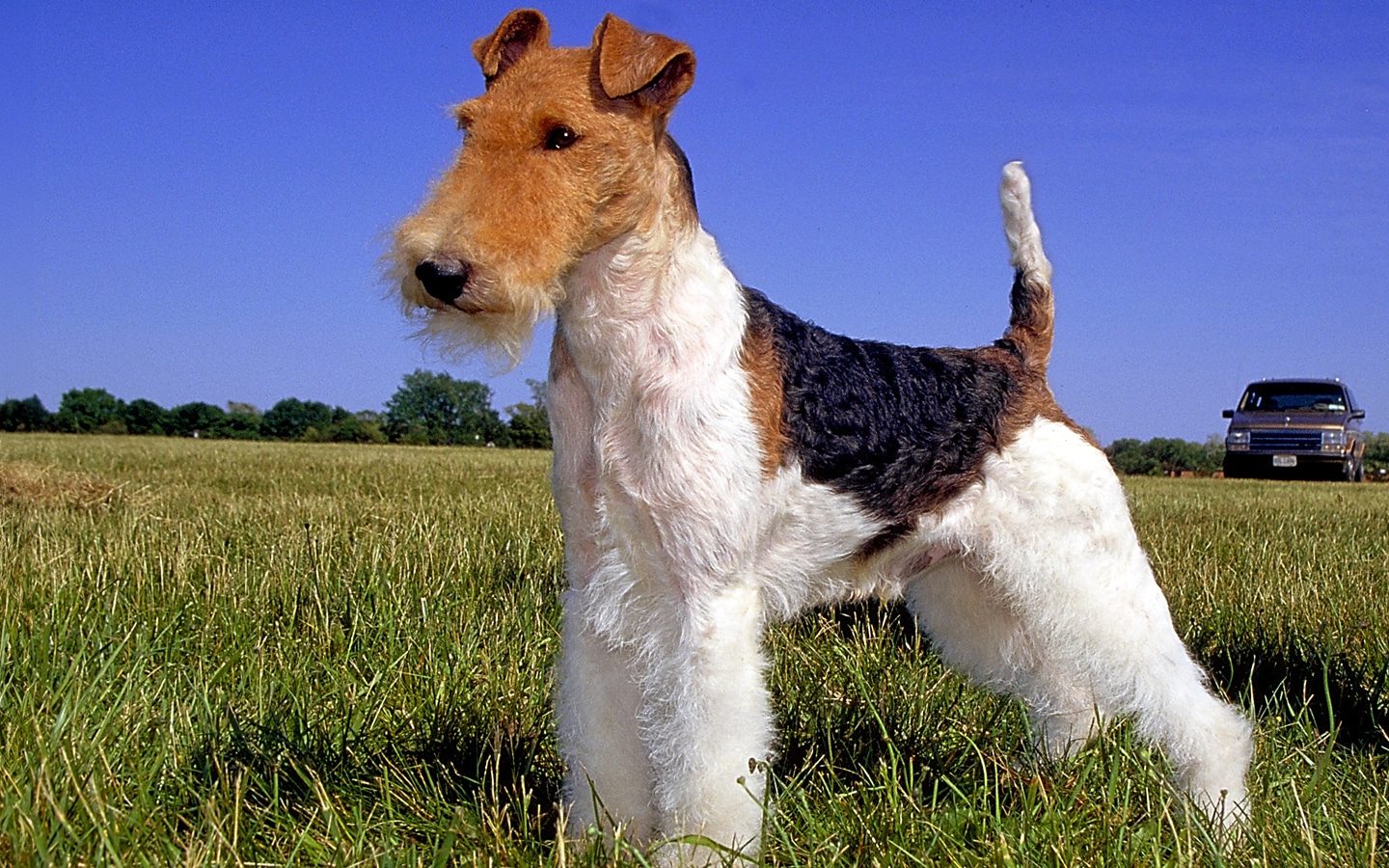
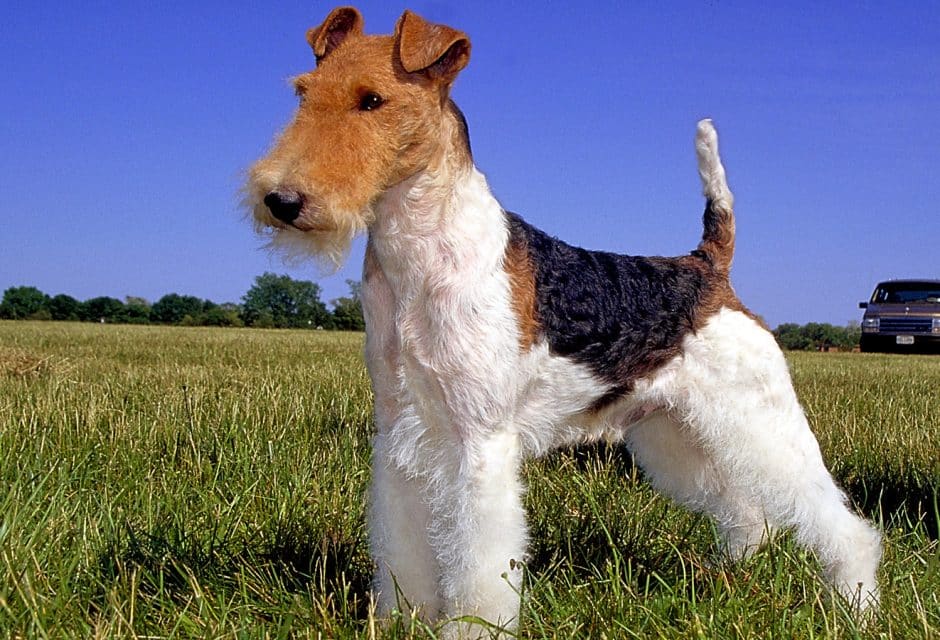
The Fox Terrier
Is this feisty terrier one of the dog world’s best-kept secrets?

“Fox-terriers are born with about four times as much original sin in them as other dogs are…” wrote English writer and humourist Jerome K. Jerome. In his novel Three Men in a Boat, Jerome’s character Montmorency is a Fox Terrier whose devilish nature and ability to cause trouble are simply part of his charm. Fox Terrier devotees understand; their breed is all terrier, through and through—headstrong, fearless, energetic, determined, and ready for action. Fans of Foxies, as they’re affectionately called, wouldn’t have it any other way.
Over the ages, Fox Terriers have been companions for noblemen, muses for artists, television stars, and dog show record-setters. Still, this breed remains an uncommon choice for pet owners. In terms of popularity, Fox Terriers are by no means leading the pack. American Kennel Club (AKC) registrations rank the Wire Fox Terrier 102nd in breed popularity and the Smooth Fox Terrier at 141st. Is this feisty terrier one of the dog world’s best-kept secrets?
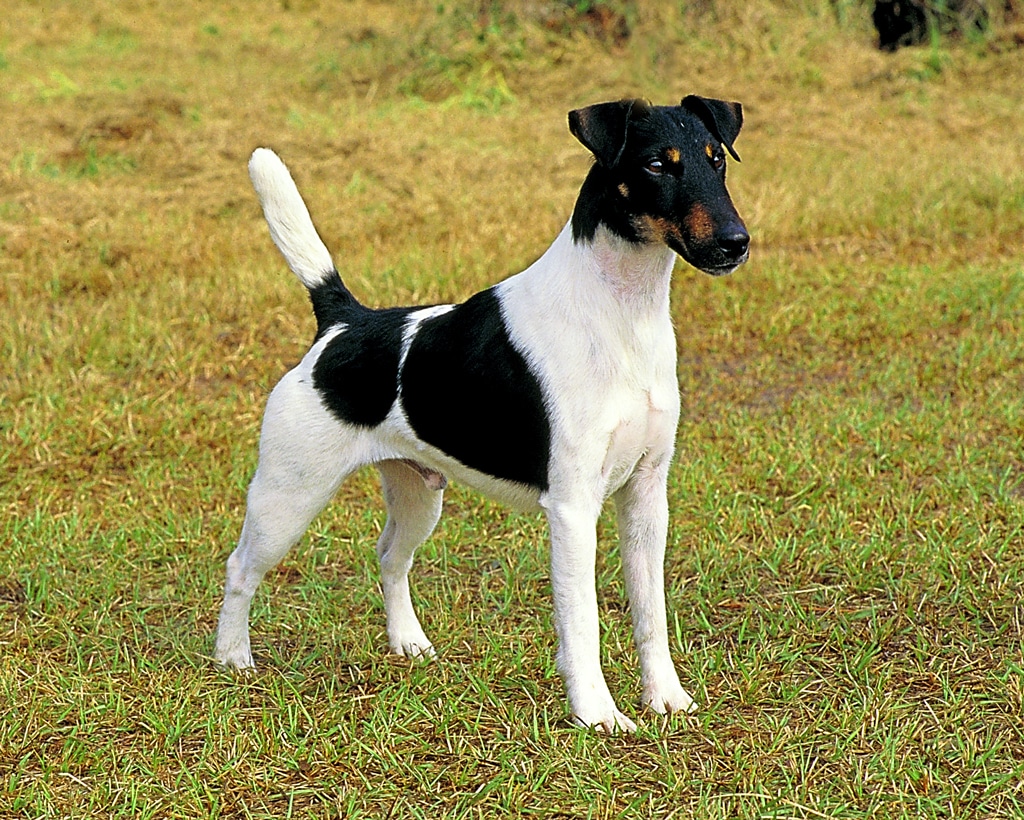
Mary Bloom/AKC
A Smooth Fox Terrier
Most Popular Dogs in the US
According to the most recent AKC registration statistics (2022)
[1] French Bulldog
[2] Labrador Retriever
[3] Golden Retriever
[4] German Shepherd
[5] Poodle
[6] Bulldog
[7] Rottweiler
[8] Beagle
[9] Dachshund
[10] German Shorthaired Pointer
[102] Wire Fox Terrier
[141] Smooth Fox Terrier
It would seem so, for when it comes to winning at America’s premier dog show, the Westminster Kennel Club Show, Fox Terriers are unrivalled. The Wire Fox Terrier has won more Best In Show Awards than any other breed. In 1909, Ch. Warren Remedy, a Smooth, became the first dog to win three consecutive Best In Show awards, a record that still stands. This versatile breed also excels in activities including obedience, agility, and earthdog.
To trace the origins of Fox Terriers, one must look back to 17th century England when farmers sought to develop tough working dogs with strong prey instincts. Fox Terriers were bred for a purpose: going to ground to pursue foxes and vermin. During a fox hunt, these tough little terriers remained on horseback with riders until the hounds chased the fox to its den. Terriers were then released to pursue their quarry underground to chase the fox out so the hunt could recommence. In the case of rats, the chase was around the homestead; short, considerably less ceremonious, and typically ending quite poorly for the rodents.
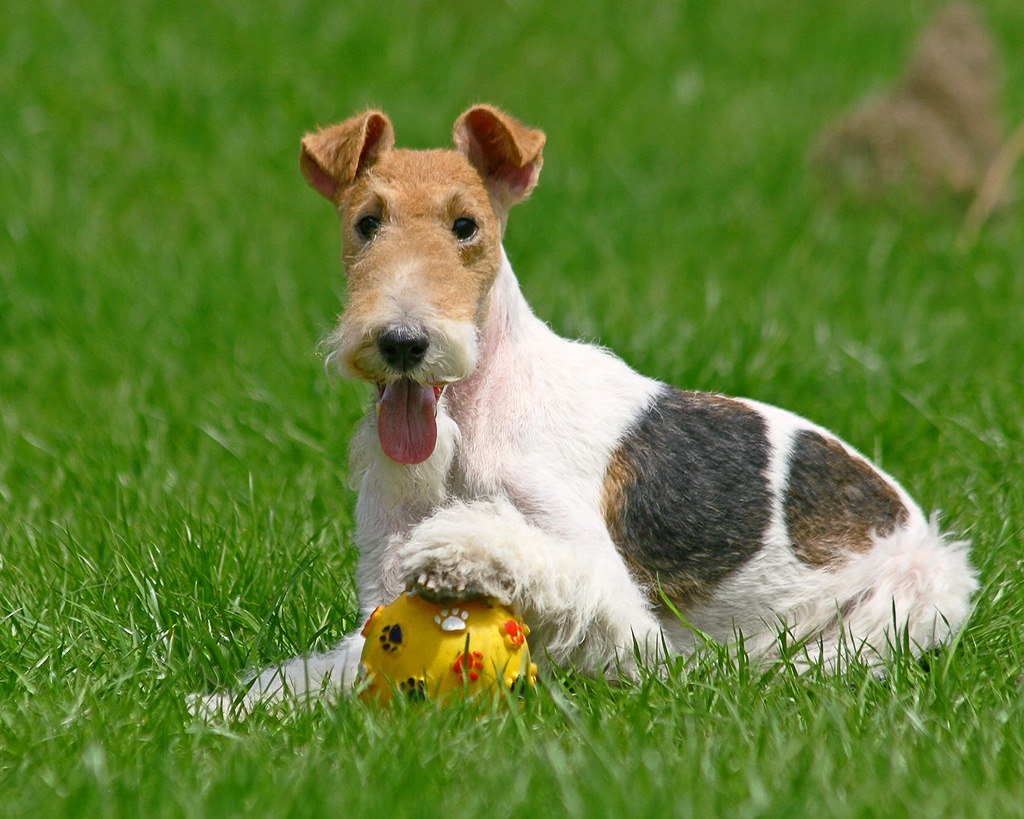
pavelshlykov/Bigstock
A Wire Fox Terrier
Experts believe the Smooth Fox Terrier’s origins trace back to the smooth-coated black and tan terriers of Wales, Derbyshire, and Durham, which were bred with other breeds, including the Bull Terrier, Greyhound, and Beagle, to create the Smooth Fox Terrier we know today. In the case of Wire Fox Terriers, breed historians point to the rough-coated black and tan terrier as the breed’s foundation. The two varieties were interbred for centuries, and as such, the Wire and Smooth possess differing coats but similar personality traits.
Fox Terriers first appeared in the U.S. in the late 1800s and the American Fox Terrier Club (AFTC) notes that theirs was the first specialty club to become a member of the AKC. Smooths and Wires were considered two varieties of one breed for many years, but in 1985 the AKC recognized them as two distinct breeds. The two breed standards are very similar. Both have an average weight of approximately 18 pounds and coat colour that is predominantly white with either black or tan markings.
So is a Fox Terrier a fit for you? The answer depends largely upon your tolerance for typically-terrier behaviour. Can you dig it? Because they sure can! Without proper training and supervision, this breed could wreak havoc on your hostas and punish your petunias. You may not be using your Fox Terrier to go to ground, but his instinct to do so is still strong and, yes, that means he’ll like to dig. Then there’s the barking. Again, this is a terrier; barking comes naturally. The upside to this is that Fox Terriers will keep a watchful eye on the home front and let you know when visitors arrive.
Training is important for this headstrong breed. Behaviours like digging and barking may not be completely eliminated—after all, those are the very characteristics that shaped the development of this breed. But if you’re committed to ongoing training, these typical terrier behaviours need not become a problem. Consider a bit of barking and the occasional dog-landscaping small tradeoffs that come with the fun-loving Foxy.
This is a hearty breed with relatively few health concerns. With proper nutrition, lots of exercise, and appropriate preventive healthcare, Fox Terriers can live well into their teens. As for coat considerations, Fox Terrier devotees have the best of both worlds. The smooth-coated variety is easy to maintain and offers a sleek, refined look. The wired-haired coat does require more maintenance but the look is handsome and shedding is minimal.
If you’re looking for a dog that’s laid back and predictable, move along. But if you want to share your life with a dog that lives for the moment, a bouncy, fun-loving, conversation-in-the-dog-park-starter, you may just meet your match with a Foxy.
» Read Your Breed For more breed profiles, go to moderndogmagazine.com/breeds
Join the newsletter and never miss out on dog content again!
"*" indicates required fields
By clicking the arrow, you agree to our web Terms of Use and Privacy & Cookie Policy. Easy unsubscribe links are provided in every email.



